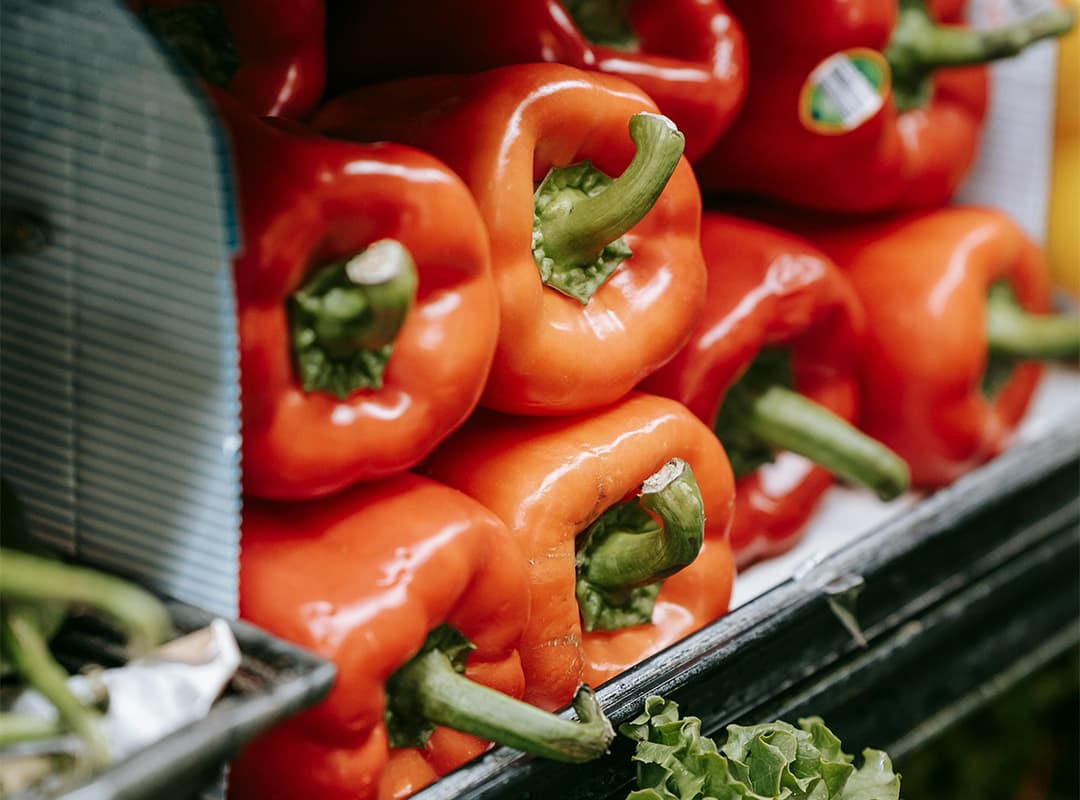Hydroponics is a method of growing plants without soil. Instead of soil, nutrient solutions are used. Thus, all the necessary substances in precise proportions are fed directly to the roots. The hydroponics method is popular among agrarians because it allows to control the growing conditions of the crop more effectively at any time of the year, as well as to reduce the use of water and fertilizers.
The founder of modern technology is considered to be William Frederick Gerik, who introduced the very term “hydroponics” and realized the idea on an industrial scale.
Types of hydroponic systems
There are these main types of hydroponic systems:
- wick;
- drip irrigation;
- tidal;
- aeroponics;
- floating platform or DWC;
- nutrient bed technique.
The choice of system for a plantation depends on the farmer’s needs and resources. To understand what hydroponics is, let’s break down the features and benefits of each type in more detail.
Wick system
This type is one of the most affordable because it does not require special equipment. A wick or cord is passed through the bottom of the pot and immersed in a nutrient solution, which is gradually absorbed and transferred to the roots.
The method is ideal for ornamental crops and cultivation of small-sized vegetables. But note that oxygen access to the solution tank is limited and plants do not develop as quickly due to the passive method of nutrient delivery.
Drip irrigation system
With drip irrigation, the nutrient solution is delivered directly in droplets to the roots through a system of tubes and nozzles. The circulation is controlled by a timer and adjusted according to the needs of the plants. If the system is reversible, excess liquid is redirected back to the reservoir and then used again. Drip irrigation provides precise nutrient dosing and minimal water loss. In a non-reversible system, the pump is adjusted so that no excess nutrient liquid remains.
If you are going to use this method of growing, be aware that regular preventive cleaning of the equipment is necessary to avoid clogging.
Tidal system
The hydroponics method involves the use of a tidal system. In this system, the nutrient solution is poured in at a certain time, according to a timer. When its supply stops, it is drained back into the tank by gravity through special holes. The process is repeated several times a day.
An unforeseen power outage or power surge can negatively affect the growth and development of plants.
Aeroponics
Plants are grown in an airy environment where their roots are enveloped in a mist of nutrient solution. The system ensures that oxygen is highly available to the roots so that they are better able to absorb nutrients, which accelerates plant growth.
This system also minimizes water use and allows precise control of the nutrient composition. But it is important to keep an eye on the timer, adjust it and clean the equipment constantly.
Floating Platform or Deep Water Culture
Plants are placed on floating materials such as foam or special floating nets, with the roots fully submerged in the nutrient solution. Oxygen is delivered by an air pump.
This method of hydroponics is effective for small crops that need a lot of water. For larger crops, additional supports or clamps must be used.
Nutrient bed technique
The plants are in a container with an irrigation channel. By flowing down the channel in a thin layer, the nutrient solution bathes the roots and returns to the tank. The solution can be distributed either cyclically or continuously. Cyclic feeding provides better aeration of roots, but is difficult to implement.
The main disadvantage of this approach is the dependence on the pump. Breakdown or sudden power failure can lead to rapid drying out of roots. Also, this technology is not suitable for growing crops with large and developed root systems.
Advantages of hydroponics:
- High performance. Thanks to optimal water and nutrient control, you can get more yields. Plants mature 25% faster than in the ground;
- Space saving. Plants receive their nutrition directly, so the roots do not spread across the plot and take up less space;
- Water saving. Hydroponics uses significantly less water because the liquid is circulated and reused;
- Minimize pests. No soil reduces the risk of disease and pests, reducing or avoiding pesticide use altogether;
- Nutrient control. You can control and provide your plants with the right amount of nutrients on your own, while they are easily leached from the soil;
- The ability to grow plants year round. Hydroponics is easy to use indoors, allowing you to control the climate of your plantings;
- Absence of weeds. Hydroponic systems are adapted for the growing phase, not the germination phase, so weed seeds do not germinate.
Among the disadvantages:
- High equipment costs. Initial investment can be significant, especially when using more sophisticated technologies such as aeroponics or artificial light systems;
- Requires careful monitoring. Parameters such as pH and nutrient levels must be constantly monitored and adjusted;
- Dependence on electricity. Pumps, lighting and control systems require a continuous supply of electricity to operate;
- Need for preventive cleaning of the system. Tubes must not be allowed to clog.



